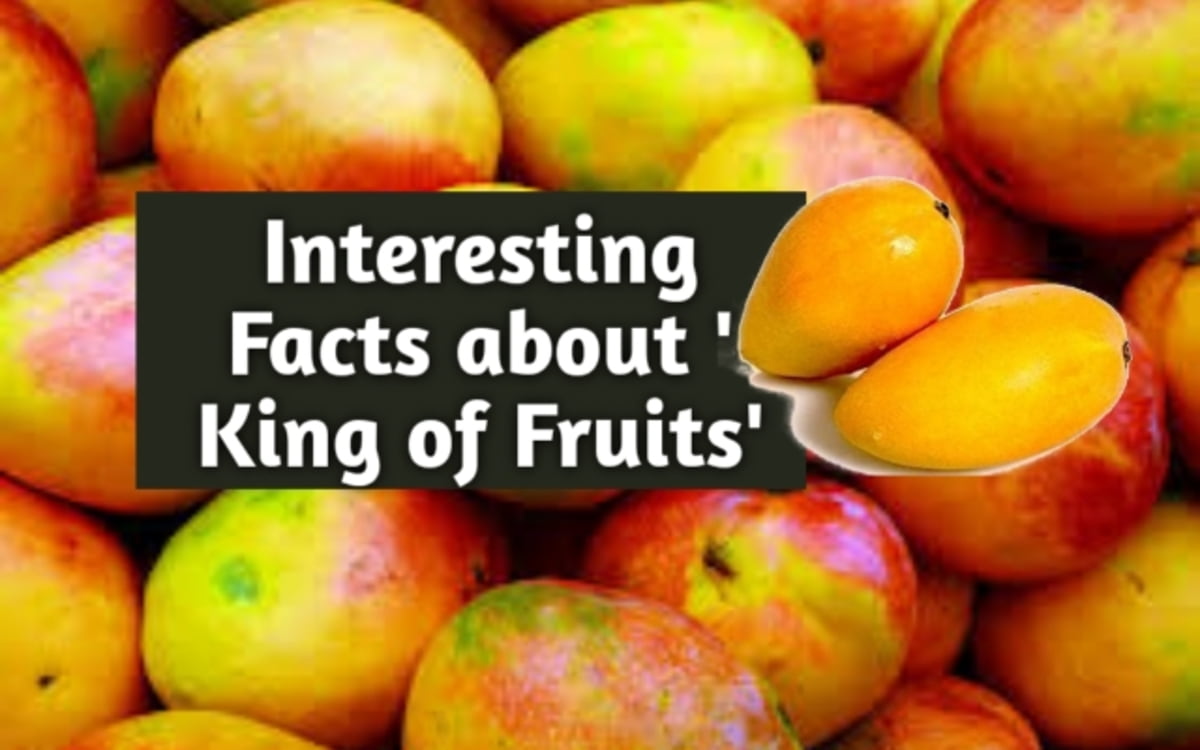Mango trees are evergreen trees with a wide canopy and thick trunk. The leaves are leathery, lanceolate and found in sophisticated arrangements on the branches. They are dark green in colour and grow up to 15 inches in length. The mango is called the “King of Fruits” due to its rich taste and aromatic flavour. The mango tree can be oval, round, heart or kidney-shaped. It has a single seed that is surrounded by mango pulp.
Mango Fruit
What comes to your mind when you hear Mango; creamy, tasty, delicious and refreshing mouth-watering fruit. There are thousands of varieties of mango grown all over the world and most of them are available in summer. But, the most popular mango type is the Alphonso mango which is available during the months of June -July and it is not only distinctive in taste but its appearance is also very different. It has a bright yellow colour and is bigger than any other mango type. And the best part is, along with alphonso mango there are other varieties of mangoes cultivated in India. Kesar, Langda, Chaunsa, Badam etc. This is the reason why, when summertime comes, everyone eagerly waits for mangoes. Everyone likes mango and there is hardly anyone who doesn’t like it. Mango is our national fruit, the most popular and widely consumed summer fruit in the world. Now let’s see some of the amazing fun facts about mango.
Facts:-
- Mangoes are considered to be cultivated way long back somewhere about 4000 years ago. And it originated from Asia, northeast of India to be specific. It was just recently 400 years ago that western people started to savour it.
- Mango is the number one choice in the world when it comes to eating fruit leaving behind Apple, banana etc.
- Mango is the national fruit of India and Bangladesh declare the mango tree as a national tree in 2010.
- Somewhere around 43 million tons of mangoes are produced each year around the world. India alone contributes 40% of total production globally. India produces more mangoes than any other country.
- MangiferaIndica is the scientific name of mango. The English word ”mango” is given by Portuguese traders who live in India, but its roots are in the Tamil word mankay and Kerala word Manga.
- The mango is considered a symbol of love in India, and a basket of mangoes is considered as a gesture of friendship.
- The average height of a mango tree is 30 meters and the bark, leaves, skin and pit of mango have been used in folk remedies for centuries.
- The oldest living mango tree is somewhere about 300 years old and it is found in East Khandesh in Central India. And the average lifespan of mango trees is more than 100 years. Mango trees usually take 5-13 years to start fruiting. The fruit takes about 4 to 5 months to rip.
Health benefits of mango fruit
Mangoes are not only savoury but nutritious as well. This tropical fruit is popular for its lot’s of health benefits! Tune in to see the top 5 health benefits of this fruit!
- Mango fruit contains high levels of fibres, pectin and vitamin C and helps to lower cholesterol levels.
- Mangoes help in clearing clogged pores and improving skin health.
- The mangoes contain vitamins like A, B, C, E and K along with some minerals like magnesium and potassium. They also have phosphorus, calcium and iron in smaller quantity.
- The fibre in mangoes helps in digestion and elimination. It also contains plenty of water. The amylase enzyme present in mangoes is an enzyme that aid in breaking down large food molecules which helps in the absorption.
- Mangoes also contain magniferin polyphenol which is also called a “Super antioxidant” due to its capacity to reduce radicals from the body.

